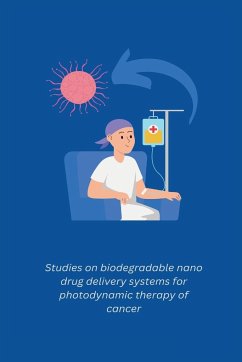Nanotechnology is widely considered as the most promising technology of 21st century. However, the idea of nanotechnology was first introduced long back, in 1959, by the renowned physicist 'Richard Feynman' in his famous speech entitled ""There's Plenty of Room at the Bottom" at Caltech, envisioning the creation of materials with atomic precision [Feynman et al, 1960]. The term "nanotechnology" was first used in1974 by Norio Taniguchi, a researcher at the University of Tokyo who used it to refer to the ability of engineering materials at nanoscale [Taniguchi et al, 1974]. Eric Drexler in 1980's popularized the word "nanotechnology" by describing and analysing nanoscale devices, far smaller than a cell [Drexler, 1986]. In the early 90's nanotechnology became an accepted concept, dealing with the creation, exploration, and manipulations of structures measured in nanometer scale. In general, nanotechnology deals with the study of structures smaller than 1 ¿m (1000 nm) [Parween et al, 2011], in at-least one dimesion. Nano-structures have special properties that are exclusively due to their nanoscale proportions. The use of nanostructured materials has expended to a broad range of applications, from electronics to biology and medicine, contributing to achievement or promising results. A new field "Biomedical nanotechnology" emerged in the last decade by the joint use of nanoelectronics, photolithography, and new biomaterials for common medical applications, such as biomedical instrumentation, tissue engineering, diagnostics and drug delivery. The impact of nanotechnology in the field of biomedical sciences is listed in Table 1.1.







